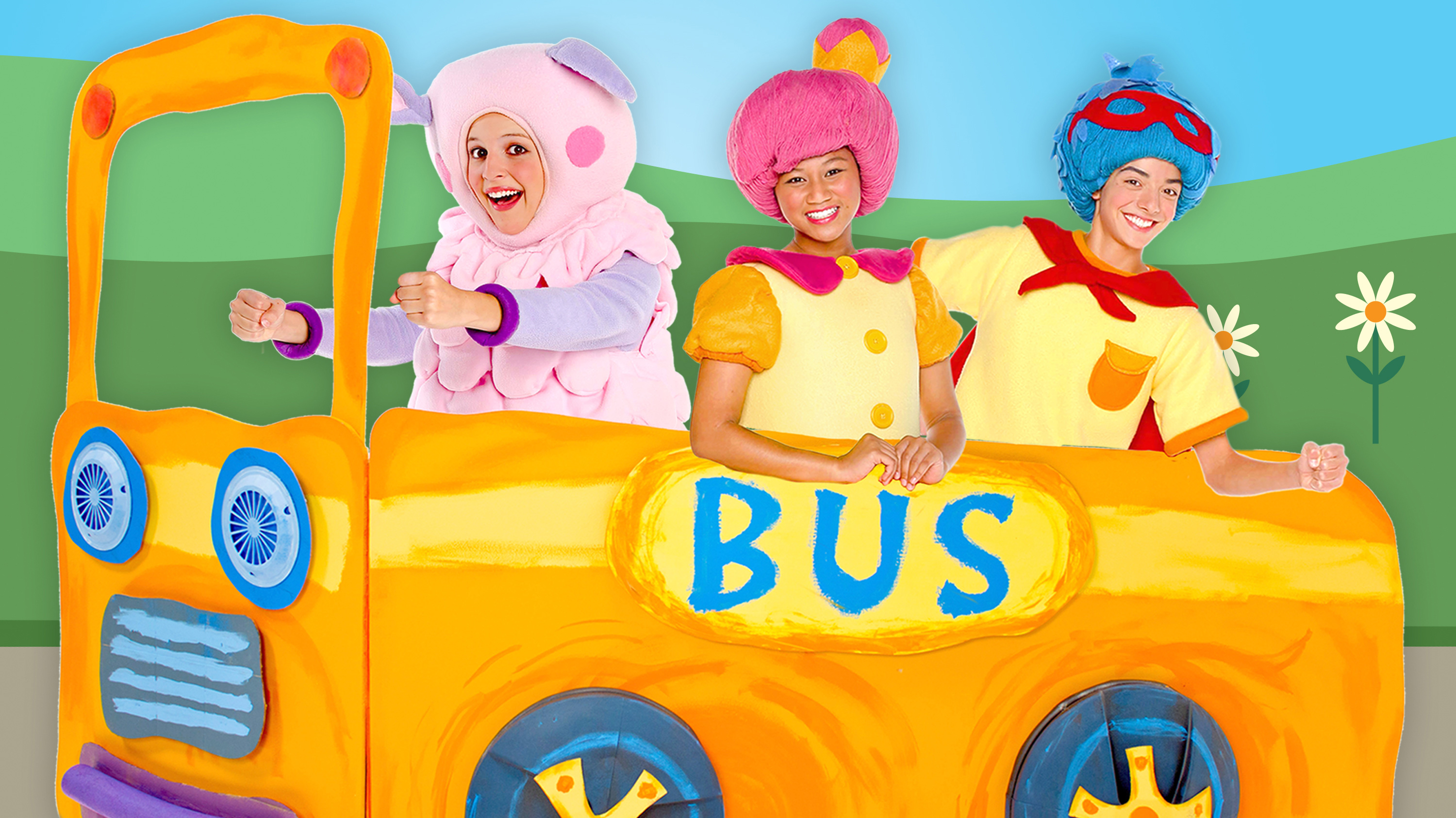The song “Wheels on the Bus” has been a beloved nursery rhyme for generations, captivating the hearts of children and parents alike. Its catchy tune and repetitive lyrics make it an enduring favorite in preschools and homes around the world. In this article, we delve into the origins, cultural impact, and educational benefits of this timeless classic.
Key Takeaways
- “Wheels on the Bus” is a popular children’s song known for its repetitive and engaging lyrics.
- The song serves as an educational tool, teaching children about rhythm, language, and social interactions.
- Its origins can be traced back to the early 20th century, with various adaptations over the years.
- The song’s universal appeal lies in its simplicity and ability to engage young listeners.
History and Origins of “Wheels on the Bus”
While the exact origins of “Wheels on the Bus” are somewhat obscure, it is widely believed to have emerged in the early 20th century. The song is often attributed to Verna Hills, who is said to have written it in the United States in 1939. However, like many traditional nursery rhymes, its roots likely extend further back, evolving through oral tradition.
The Structure and Lyrics

The song’s structure is simple yet effective, consisting of repetitive verses that mimic the sounds and actions associated with a bus ride. Each verse introduces a different part of the bus or a character, such as the wheels, wipers, horn, and passengers. This repetition not only makes the song easy to remember but also helps children develop language skills through pattern recognition.
Cultural Impact and Popularity

“Wheels on the Bus” has transcended cultural boundaries, becoming a staple in children’s music across the globe. Its universal themes of travel and community resonate with listeners of all ages, making it a common feature in early childhood education. The song’s adaptability has led to countless versions and translations, each adding unique cultural elements while maintaining the core message.
Adaptations and Variations
Over the years, “Wheels on the Bus” has been adapted into numerous formats, including books, videos, and interactive apps. These adaptations often incorporate vibrant illustrations and animations, enhancing the song’s appeal to young audiences. Additionally, musicians and educators have created variations that introduce new verses or alter existing ones to reflect different cultures or educational themes.
Educational Benefits of “Wheels on the Bus”

Beyond its entertainment value, “Wheels on the Bus” serves as an effective educational tool for young children. The song’s repetitive structure aids in language development by reinforcing vocabulary and phonetic patterns. As children sing along, they practice articulation and rhythm, essential components of early literacy.
Social and Cognitive Skills
In addition to language development, “Wheels on the Bus” fosters social and cognitive skills. Singing the song in a group setting encourages cooperation and turn-taking, as children learn to listen and respond to their peers. The song’s narrative also stimulates imagination and creativity, allowing children to visualize the bus ride and its various elements.
Engaging Activities for Children
Integrating “Wheels on the Bus” into interactive activities can further enhance its educational impact. Here are a few ideas for engaging children with this classic song:
- Role-Playing: Encourage children to act out the different parts of the bus, such as the driver, passengers, or wheels. This activity promotes physical movement and creativity.
- Art Projects: Have children draw or paint scenes from the song, fostering artistic expression and fine motor skills.
- Musical Instruments: Introduce simple percussion instruments like tambourines or maracas to accompany the song, teaching rhythm and coordination.
The Timeless Appeal of “Wheels on the Bus”
The enduring popularity of “Wheels on the Bus” can be attributed to its simplicity and ability to engage children on multiple levels. Its catchy melody and repetitive lyrics make it easy for young listeners to follow along, while its educational benefits provide added value for parents and educators.

A Song for All Ages
Despite its primary audience being young children, “Wheels on the Bus” holds a special place in the hearts of adults who fondly remember singing it during their own childhoods. This nostalgic connection ensures that the song continues to be passed down through generations, maintaining its status as a beloved classic.
“Wheels on the Bus” is more than just a children’s song; it is a cultural phenomenon that has stood the test of time. Its engaging lyrics, educational benefits, and universal appeal make it a valuable tool for early childhood development. As we continue to share this classic with future generations, its legacy as a cherished nursery rhyme will undoubtedly endure.